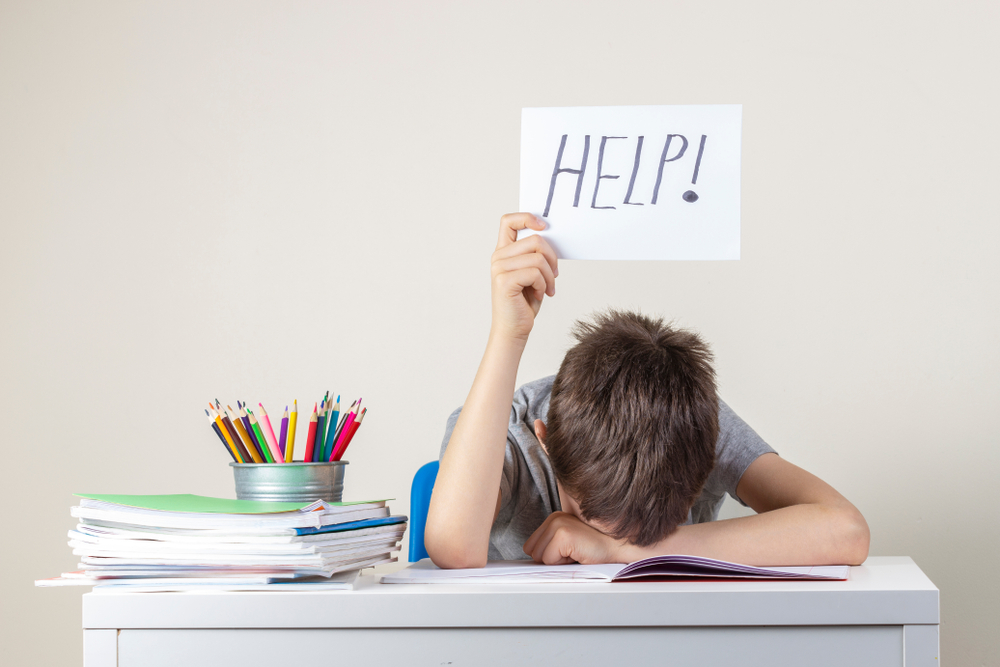Having learning disabilities means that the patients show significant problems in attention, memory, understanding, reasoning, expression, perception or coordination of perceptual actions due to abnormal neuropsychological functions, so that they have serious trouble listening, speaking, reading, writing and calculating. The difficulties are not directly caused by sensory, intelligent, emotional problems, or inadequate cultural stimulation, improper teaching and other environmental factors.
Characteristics of academic difficulties
- Dyslexia: difficulty in identifying and reading Chinese characters or Mandarin phonetic symbols, slow reading speed and frequently making mistakes, often skipping lines and words, reading a passage without knowing the general idea.
- Dysgraphia: difficulty in spelling Mandarin phonetic symbols or imitating or writing Chinese characters, in recognizing strokes, or in finishing complete sentences.
- Arithmetic difficulties: unable to understand the concept of numbers, unable to do mental calculations, needing to use their fingers or practical operations to calculate.
- Difficulty in reasoning: poor ability to understand implied meaning of the article or solve problems using mathematical concepts.
- Auditory difficulties: inability to understand a teacher's complex instructions or lengthy teaching content.
- Difficulty in speaking: difficulty in using words or sentences to express ideas.
Characteristics of behavioral disorders
- Clumsy movements, poor management of life order.
- Lack of concentration, easy to be affected by the classroom situation.
- Difficulty establishing interpersonal relationship with classmates and playing with them.
- Easy frustration, lack of confidence.
*Not all of the above characteristics are present in the patients, and the difficulties may differ from child to child. Whether there is learning disability needs to be identified by experts.

How to help those with learning disabilities?
- Early detection, early treatment can provide the most effective help.
- Understand the characteristics of those with learning disabilities, and identify their strengths for learning.
- Individualized teaching strategies are formulated according to the characteristics of those with learning disabilities.
- Make proper teaching arrangement according to the condition of those with learning disabilities.
- Help those with learning disabilities understand their own weaknesses and strengths, and build self-confidence.
- Help others to understand learning disabilities, so as to avoid misunderstandings.
Protection per relevant laws and regulations
According to the Special Education Act, parents can strive for the following rights and interests for their children:
- If you suspect that your child has a learning disability, ask the school counseling office for help, and request the school to apply to the city/county’s Special Education Students Diagnosis and Placement Counseling Committee (DPCC) for diagnosis. During the diagnosis meeting, parents may attend and offer their opinions.
- If the child has been diagnosed with learning disabilities under category 8, parents should request the DPCC for placement and guidance. Parents are also invited to attend placement and counselling sessions.
- Proper placement and counselling should be provided even if the child is in a regular class.
- To achieve good teaching quality in regular classes, parents can ask schools to reduce class sizes.
- Parents can ask the school to develop an individual education program, and can participate in the development of the plan and educational placement.
- If parents believe that their children's learning disabilities affect the fairness of assessment when taking entrance examinations at all levels, they may request the examination authorities to provide appropriate services.

